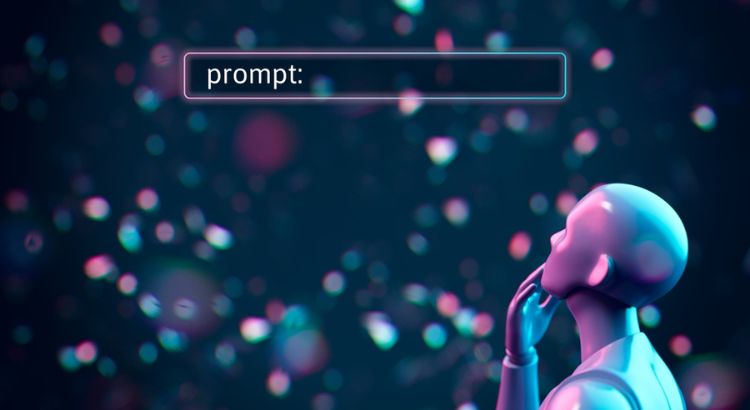Have you ever wondered how artificial intelligence (AI) can create stunning artworks based on simple prompts? In this article, we’ll explore the fascinating world of AI art creation and provide you with a guide to creating innovative prompts that can inspire AI to generate unique and beautiful pieces of art. We’ll keep things simple, easy to understand, suitable for high school students and beginners, and avoid complicated jargon.
Exploring the World of AI Art Creation

AI art creation is a revolutionary field that combines technology and creativity to produce stunning visual masterpieces. Artists and developers use AI algorithms to generate artwork based on textual prompts. But how does it work, and how can you develop innovative prompts? Let’s find out.
Adobe says, “Creating AI art requires two things: a technology called generative artificial intelligence (AI) and a person who tells the technology what image to make. The most common way for people to instruct AI art generators is with written descriptions known as text prompts.”
Generating Art with Prompts for AI
Step 1: Understanding the Power of Prompts
A prompt is the foundation for AI art generation, providing a clear and concise textual direction for the algorithm. It is often a short sentence or a few words that convey the essence of what the artwork should depict. The AI algorithm relies on this prompt to understand the concept, style, and elements required for creating a piece of art. Essentially, the prompt is the creative spark that ignites the AI’s imagination, enabling it to generate visually stunning and innovative artworks.
Step 2: Keeping It Simple and Clear
When crafting prompts for AI art, simplicity is key. High school students can easily come up with clear and concise prompts. For example, you can use prompts like “a red rose,” “a sunny day at the beach,” or “a futuristic cityscape.”
Step 3: Adding Creativity to Prompts
Innovative prompts go beyond the ordinary. They encourage AI to think outside the box and produce unique art. Think about combining unexpected elements or concepts in your prompts. For instance, you can try prompts like “a flying fish with neon wings” or “a time-traveling tree.”
Step 4: Experimenting with Emotions and Themes
Prompts can also explore emotions and themes. Ask AI to create art that conveys a specific feeling, such as “joyful celebration” or “mysterious solitude.” Themes like “underwater adventure” or “enchanted forest” can spark AI’s creativity.
Step 5: Playing with Abstract Concepts
Don’t be afraid to get abstract with your prompts. Challenge AI to visualize abstract ideas like “musical harmony,” “whispering shadows,” or “melting dreams.” These prompts can lead to intriguing and thought-provoking artwork.
Step 6: Combining Art Styles
You can take your prompts to the next level by specifying art styles. For example, you can request AI to create “a Cubist interpretation of a mountain,” “a Renaissance-inspired dragon,” or “a pixel art waterfall.” Mixing prompts with different styles can result in truly innovative art.
Step 7: Sharing and Collaborating
Once you’ve crafted your prompts, you can share them with AI art generators or collaborate with artists specializing in AI-created art. They can use your prompts as inspiration to generate visually stunning and unique artwork.
Innovative prompts for AI art creation are a gateway to a world of limitless creativity. By keeping your prompts simple, adding creativity, exploring emotions and themes, playing with abstract concepts, and combining art styles, you can inspire AI to produce innovative and captivating art. So, whether you’re a high school student looking to experiment with AI art or an art enthusiast seeking new horizons, remember that the power of innovation lies in the prompts you create. Dive into AI art creation, and let your imagination run wild.




